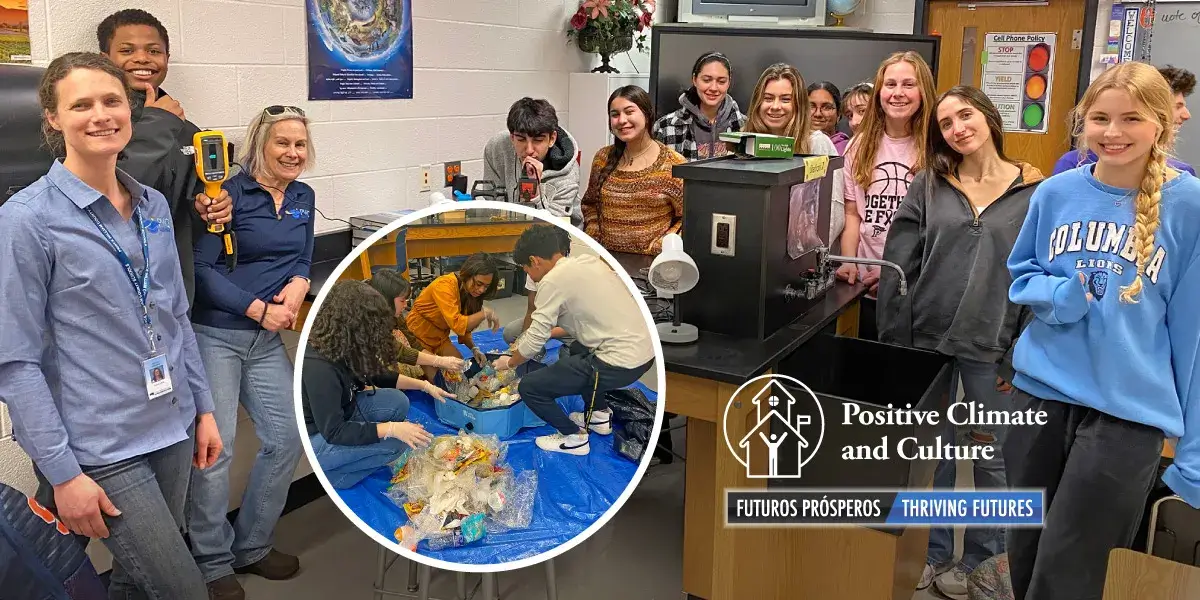
The energy and sustainability team in the Prince William County Public Schools (PWCS) Facilities Department is implementing Arc, a program that will help staff and students monitor the use of resources such as water and energy in their school buildings.
Part of the PWCS Vision 2025 Launching Thriving Futures Strategic Plan is a commitment to positive climate and culture, including a systemic and strategic approach to sustainability. The Arc Skoru dashboard, set to go live in all PWCS schools on October 30, delivers scores for a building or space based on areas of performance and helps users understand and manage those categories that are within their control to improve.
“The energy and sustainability team is a proponent of Arc because this resource connects students and staff with their building’s performance in the areas of energy, water, waste, transportation, and user experience,” said Jessica Weimer, supervisor of energy management and sustainability. “It is an excellent teaching tool for real-world, place-based learning.”
The Arc tool measures five performance categories: energy, water, waste, transportation, and human experience, providing an overall snapshot of sustainability efforts throughout the division and shows how PWCS is moving toward more sustainable facilities. By providing performance scores for individual schools, Arc allows staff and students to see how their building uses resources like energy and water, the comfort level of its occupants, and how well the school diverts its waste through actions like recycling and composting.
While some of the categories of the Arc score are not necessarily impacted by schoolwide efforts (there are energy and resource usage outside of each school’s control, such as irrigation for landscaping and energy needed for heating/cooling), schools can take steps to impact scores in some areas. For example, by conducting a waste audit, schools can look at and improve their waste and recycling efforts. They can impact their transportation score by encouraging “No Idling” zones or encouraging students to walk or bike to school, where safe and possible. Schools can also encourage energy conservation measures by participating in activities such as schoolwide shut-down protocols over holidays and breaks, and by encouraging lights and electronics to be turned off when not in use.
